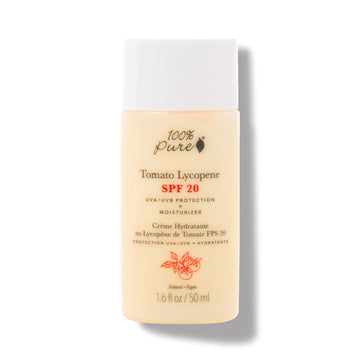Join us as we debunk some of the most circulated SPF myths, while learning how natural sunscreens can effectively protect your skin from harmful UV rays
Written by: 100% PURE®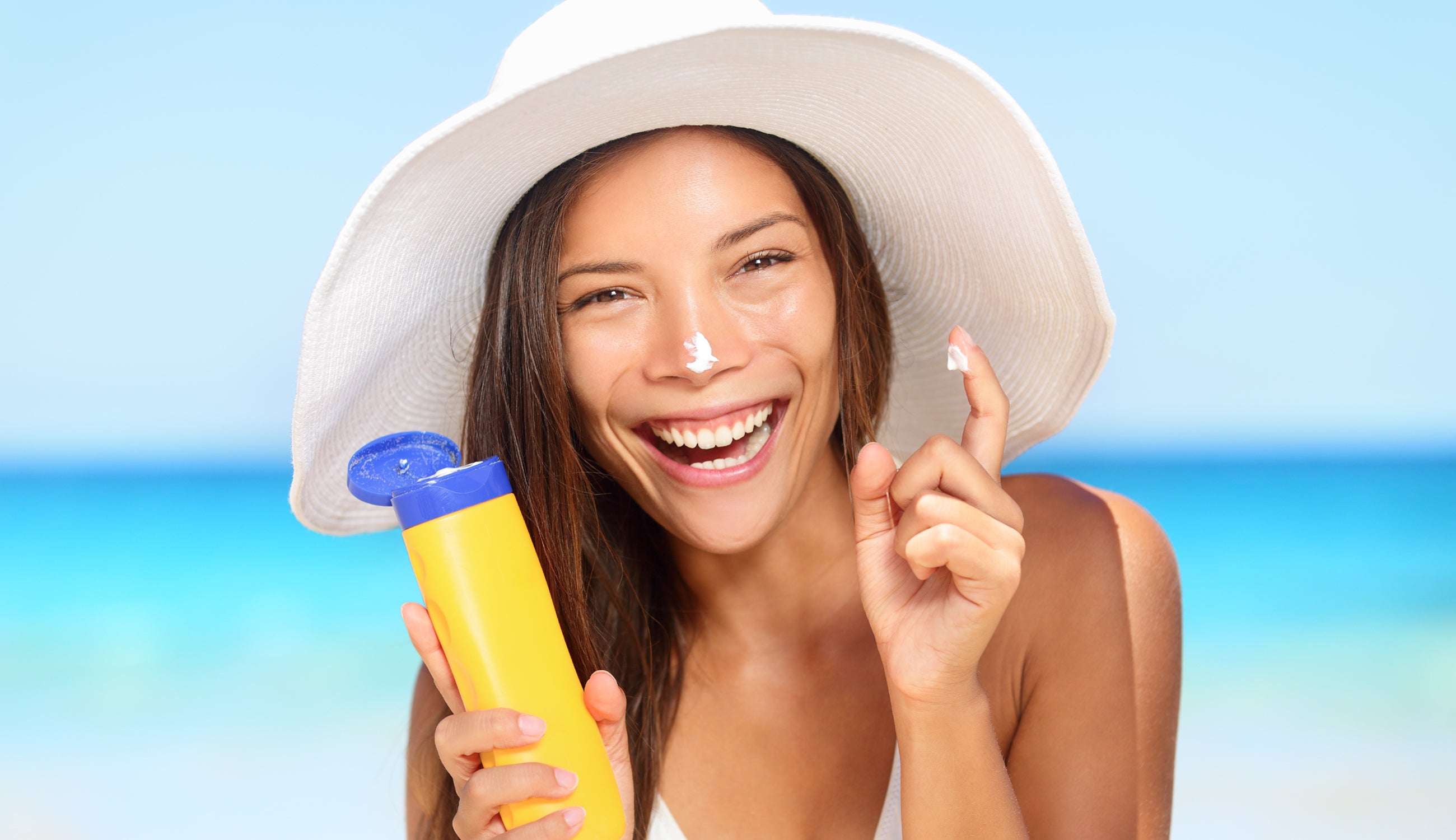
We’ve all been waiting for Summer weather and now that it’s almost here, we’re ready to maximize the reappearance of sunshine. Longer and warmer days equals more time spent in the sun. It might not be summer just yet, but don’t think it isn’t time to be toting along SPF on your outdoor adventures.
Natural sunscreen can literally protect your skin from not only burning and redness, but also from signs of premature aging. No one willingly signs up for dark spots, fine lines, and wrinkles – so why would you forgo applying natural sunscreen? If you are poo-pooing your chances of UV-related issues, thinking the sun isn’t that strong where you live, or are simply suffering from “it won’t happen to me” syndrome – boy, are you’re in for an awakening!
We’re taking you to sun school to learn the major SPF myths, debunking the doozies, and teaching you why you should be using natural sunscreen on a daily basis.
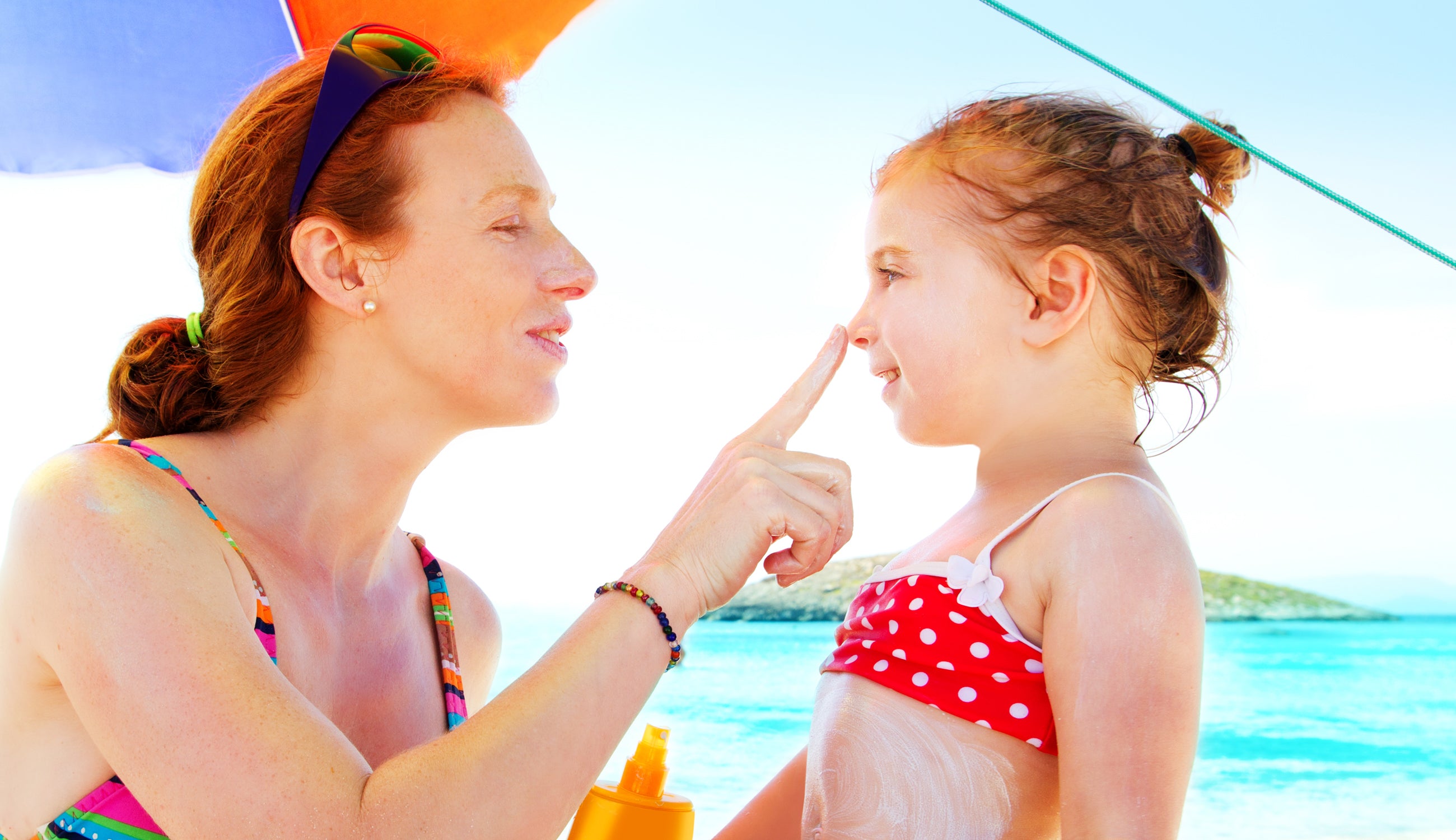
Myth 1: Anything over 30 SPF is useless
Who told you this myth?! It’s all a mathematical equation when it comes to applying natural sunscreen. An SPF 30 will allow about three percent of rays to touch your skin, whereas an SPF 50 will allow about two percent through. The difference of one percent might seem like a minuscule gap to make a fuss over, but SPF 30 is allowing about fifty percent more rays onto your skin. When it’s all laid out, one can truly make a difference.
It’s also important to note that fair or fresh, delicate skin is extremely susceptible to sun damage, and will burn much faster than most. Babies and children are great examples here, those who are post-chemical peels or post-retinol, and in general those with fair skin should always use a higher SPF. This allows them to stay in the sun for a comparable period of time to someone with tan or weathered skin.
Myth 2: Darker complexions don’t need to use SPF
Yes, it’s true that people with deeper skin tones do have more naturally occurring melanin in their skin – but this by no means gives beautiful cocoa skin a hall pass to avoid applying sunscreen. Melanin in our skin works as a natural SPF, protecting it naturally from the sun’s rays, but SPF should be worn in every long sun exposure situation – especially when the sun is at its strongest hours (this can change seasonally/locally, but normally it’s between about 10am and 3pm). Darker skin is still prone to sun-related skin issues, and often takes more effort to detect because of their deeper skin tone. Play it safe and apply every day!
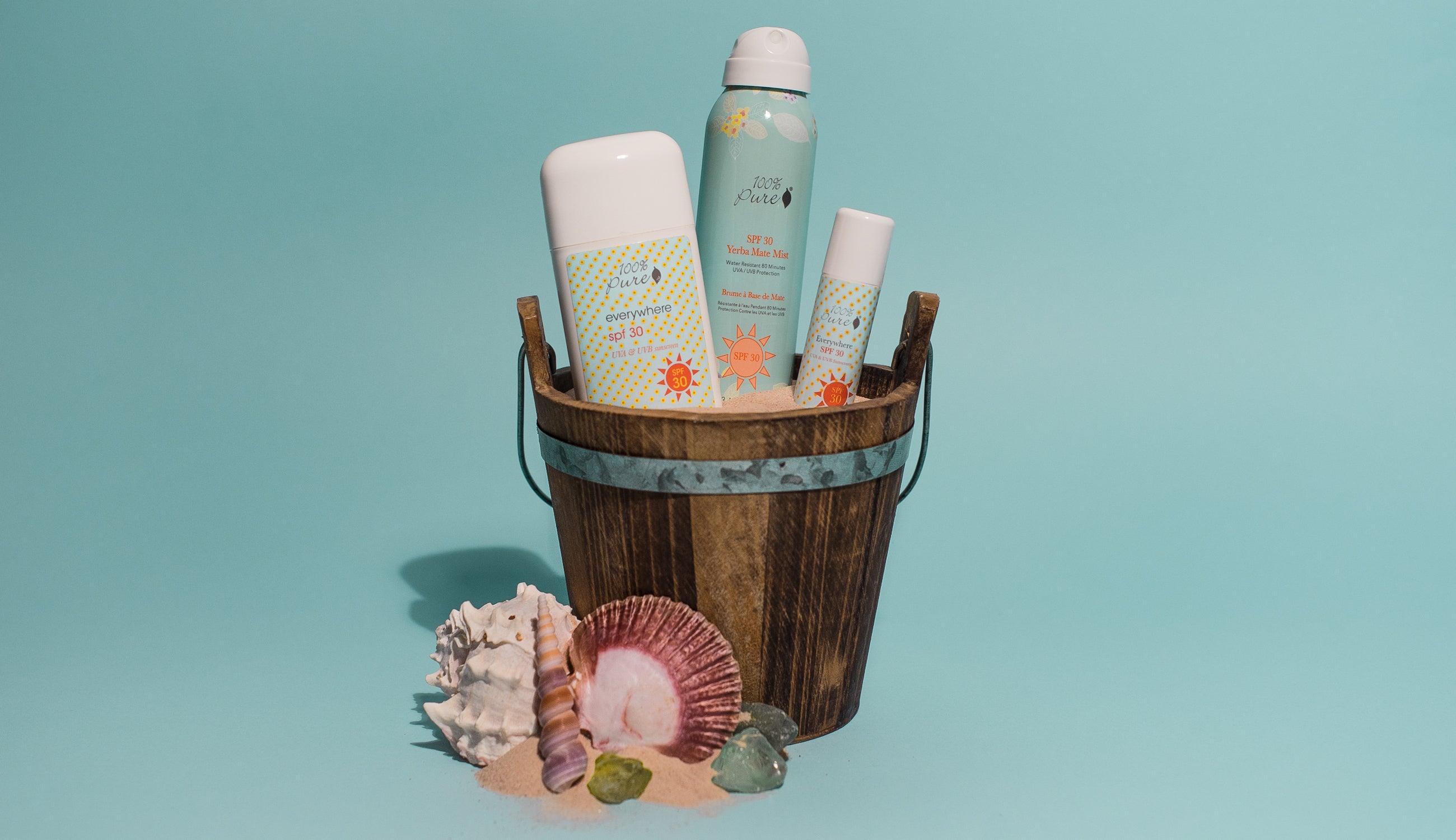
Myth 3: Natural sunscreens don’t work
What now? Okay, we’re going to TRY not to take this myth personally. Natural sunscreen gets a bad rap because it falls under the category of “physical” sunscreen. It works differently than conventional sunscreens, because it makes a physical barrier (via that ‘white cast’) to protect us from harmful UVA and UVB rays. It’s the zinc oxide and titanium oxide minerals that give us a natural protective layer. Natural sunscreens offer a healthier alternative because the ingredients aren’t absorbed into your skin like traditional sunscreens with questionable ingredients; instead, they reflect the sun's rays away from your skin. Both types offer protection, but only natural sunscreens offer a healthier way to protect skin from the sun.
Myth 4: I don’t need a cruelty-free or reef-safe sunscreen
This is one for which you should never compromise! Furry, fuzzy, and scaly friends should never be the testing subjects to confirm our beauty formulas are safe and effective. Besides hurting our land friends, conventional non-reef-safe sunscreens are impacting our sea friends. Harmful ingredients – oxybenzone and octinoxate – included in traditional sunscreens are bleaching and killing our coral reefs.
While this might seem like only a tiny drop in the bucket, these chemicals are having a serious, cumulative impact on our ocean dwellers. Each year 6,000-14,000 tons of sunscreen makes its way into our precious oceans. Yikes! Currently, only Hawaii has a ban on which sunscreens are sold at this beach-lovers destination. Take the mission into your own hands and make sure to only wear reef-safe and cruelty-free natural sunscreen on your next water-bound vacation.
PRO TIP: Not all natural sunscreens are reef-safe, due to the common addition of highly protective titanium dioxide. This mineral ingredient has difficulty biodegrading in some marine ecosystems, so best to save titanium dioxide formulas for non-water-use days.
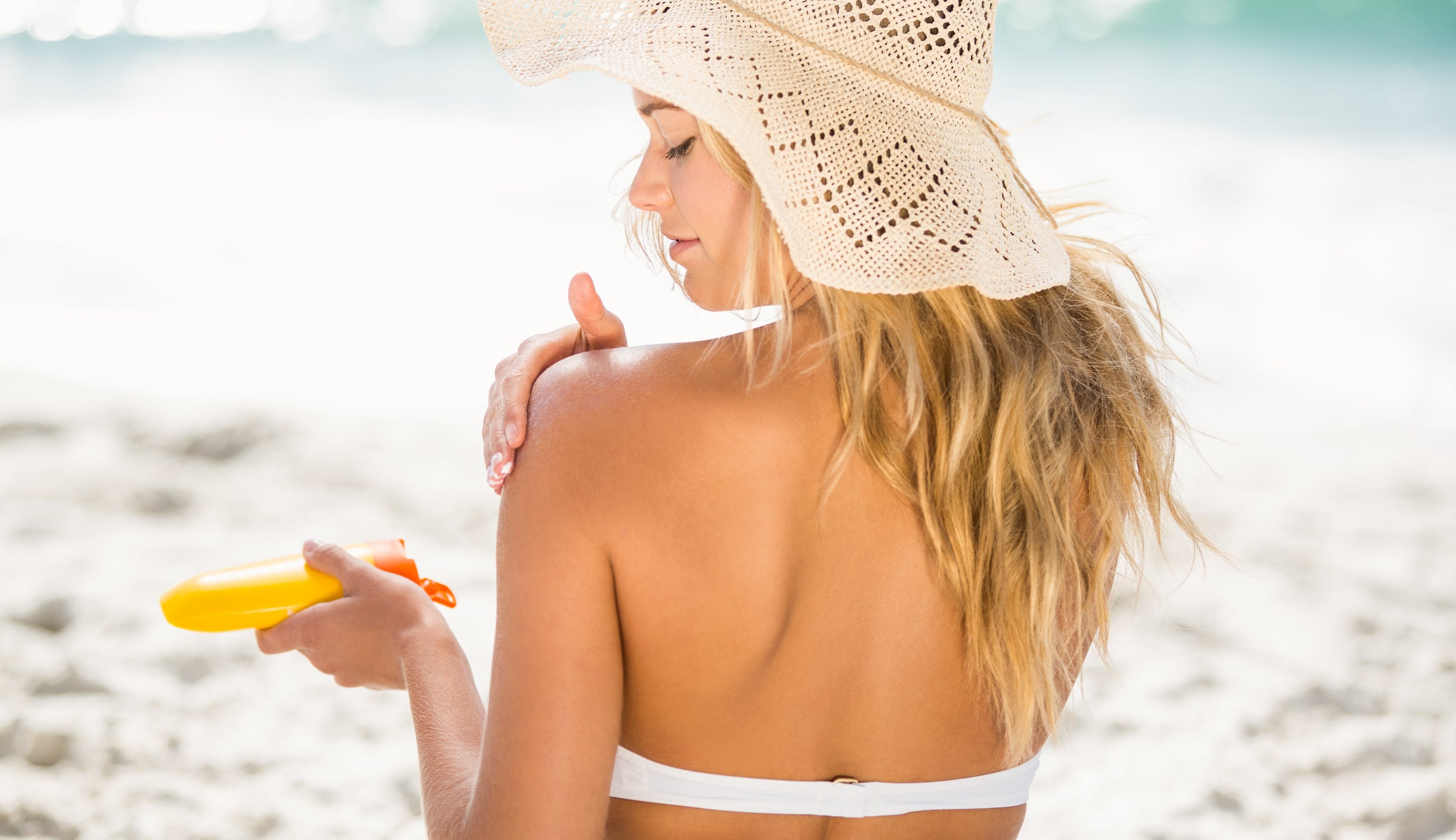
Myth 5: SPF is cumulative – the more I apply, the higher the SPF protection
This is not like promo code stacking, people! If you layer a primer with SPF 15 on top of a foundation with SPF 35, you’re not going to patio brunch wearing SPF 50 on your face. You’re at max wearing SPF 35. Sorry friends, this is one area that multi-layering doesn’t maximize the end results. Did we mention that you should also be wearing a natural sunscreen even if it’s cloudy or overcast outside? The simple test to see if you’re being exposed to UVA and UVB rays is to hold one hand over the other: if you see a shadow, you’re getting sun rays on your skin.
Myth 6: Sunscreen is waterproof
Sorry but… nope! Conventional or natural sunscreen can only be water resistant. If it was a truly waterproof formula, you’d be a sunscreen customer once and be covered in a permanent sunscreen coating for the rest of your life. On a side note, hard pass on a UV shellac coating! Thankfully, the FDA ruled that it is illegal to label a sunscreen waterproof but like all things, it takes time to enforce and relabel – so buyer beware!
PRO TIP: Even water resistant sunscreens should be reapplied after you get out of the water, and definitely after you towel dry. Water resistant only means that they will protect you while you’re in the water, but will slowly begin slipping off your skin. As a rule of thumb, reapply every 90 minutes - 2 hours, and always after swimming, towel drying, or sweating.
Myth 7: Conventional sunscreen has chemicals that make it more dangerous to wear than not wearing any sunscreen at all
We hear you: there are carcinogenic and hormone-disrupting ingredients in traditional sunscreen – so it might seem counterintuitive to wear it for “protection.” Not all sunscreens are created equal. If you’re feeling queasy about slathering on toxic sunscreen, you’re in luck because natural sunscreen is a great healthy alternative. We recommend avoiding any sunscreen that contains oxybenzone, which can produce free radicals that have been linked to skin cancer as well as altering estrogen levels in our bodies.
To keep your skin looking healthy and young, it’s important to protect it from the sun’s harmful rays. Natural sunscreen is not only safe and effective, but it’s also gentle enough for all skin types, especially babies. Often fragrance-free and water-resistant, most natural sunscreen formulas will provide protection for up to 80 minutes of water-filled fun. Don’t forget to reapply every few hours, even if you aren’t swimming! Sweating and lounging still make sunscreen wear off. Jet-setting to a tropical locale? Share your sun (safety) vacation pics by tagging them with #100percentpure to be the envy of our Community Looks!
- Tags: April-2019, Bath and Body, Skin Care
We carefully hand-select products based on strict purity standards, and only recommend products we feel meet this criteria. 100% PURE™ may earn a small commission for products purchased through affiliate links.
The information in this article is for educational use, and not intended to substitute professional medical advice, diagnosis, or treatment and should not be used as such.



